Entry Type: Thing - Starting with M
 M.U.L.E. Video Game, Designed by Danielle Bunten Berry
M.U.L.E. Video Game, Designed by Danielle Bunten Berry
 MacArthur Park Etching
MacArthur Park Etching
 MacArthur Candidacy
MacArthur Candidacy
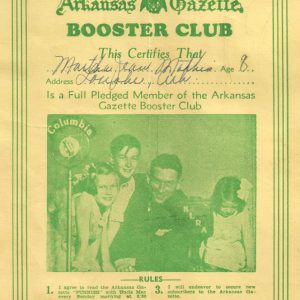 "Uncle Mac" Certificate
"Uncle Mac" Certificate
 Madam Queen Locomotive
Madam Queen Locomotive
Maddox Seminary
Madison County Courthouse
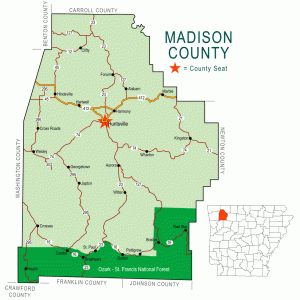 Madison County Map
Madison County Map
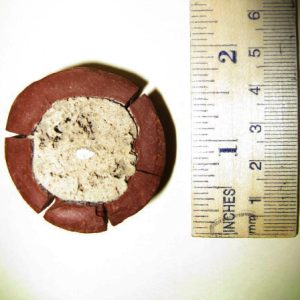 Madstone
Madstone
 Madtoms
Madtoms
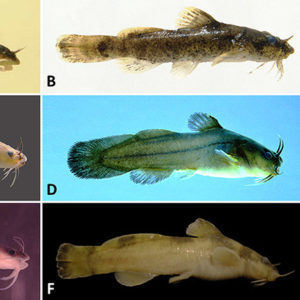 Madtoms
Madtoms
 Madtoms
Madtoms
Magnolia Manor
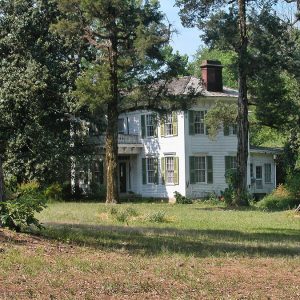 Magnolia Manor
Magnolia Manor
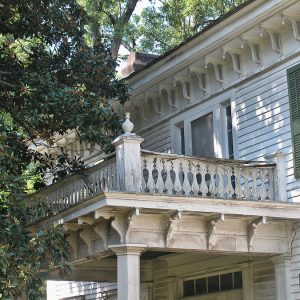 Magnolia Manor Detail
Magnolia Manor Detail
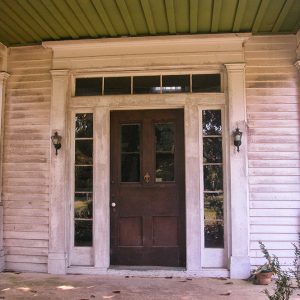 Magnolia Manor Entrance
Magnolia Manor Entrance
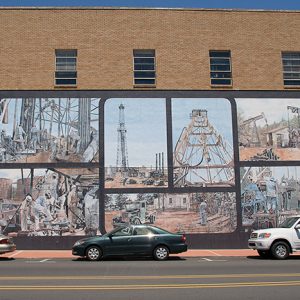 Magnolia Oil Field Mural
Magnolia Oil Field Mural
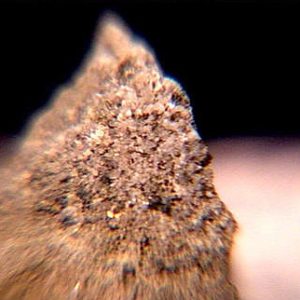 Mahlmoodite
Mahlmoodite
 Main Street
Main Street
 Main Street Bridge
Main Street Bridge
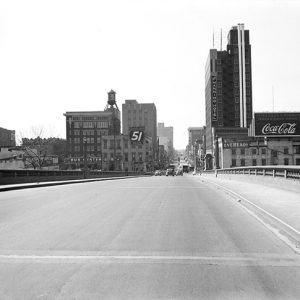 Main Street Bridge - Looking South
Main Street Bridge - Looking South
Main Street Bridge (Little Rock–North Little Rock)
 Main Street Bridge Construction
Main Street Bridge Construction
 Main Street Bridge Construction
Main Street Bridge Construction
 Main Street Bridge Construction
Main Street Bridge Construction
 Main Street Bridge Construction
Main Street Bridge Construction
 Main Street Bridge Postcard
Main Street Bridge Postcard
 Main Street, 1969
Main Street, 1969
Majestic Hotel
 Majestic Stationery
Majestic Stationery
Makemie College
Malaria
Malco Theatre (Hot Springs)
 Male Diana Fritillarys
Male Diana Fritillarys
Malnutrition
Malvern Rosenwald School
Malvern-Hot Spring County Library
 "Mama's Opry," Performed by Iris DeMent
"Mama's Opry," Performed by Iris DeMent
Mammals
Mammoth Spring
Man in Black [Book]
Man Outside
Maness Schoolhouse
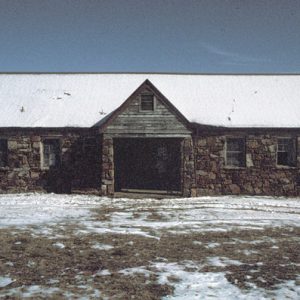 Maness Schoolhouse
Maness Schoolhouse
Manganese Mining
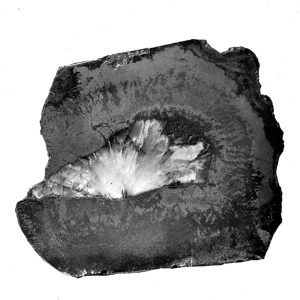 Manganese Ore
Manganese Ore
Manila Depot Museum and Main Street Historical Museum
 Manila Depot Museum and Main Street Historical Museum
Manila Depot Museum and Main Street Historical Museum
 Manila Depot Museum Interior
Manila Depot Museum Interior




